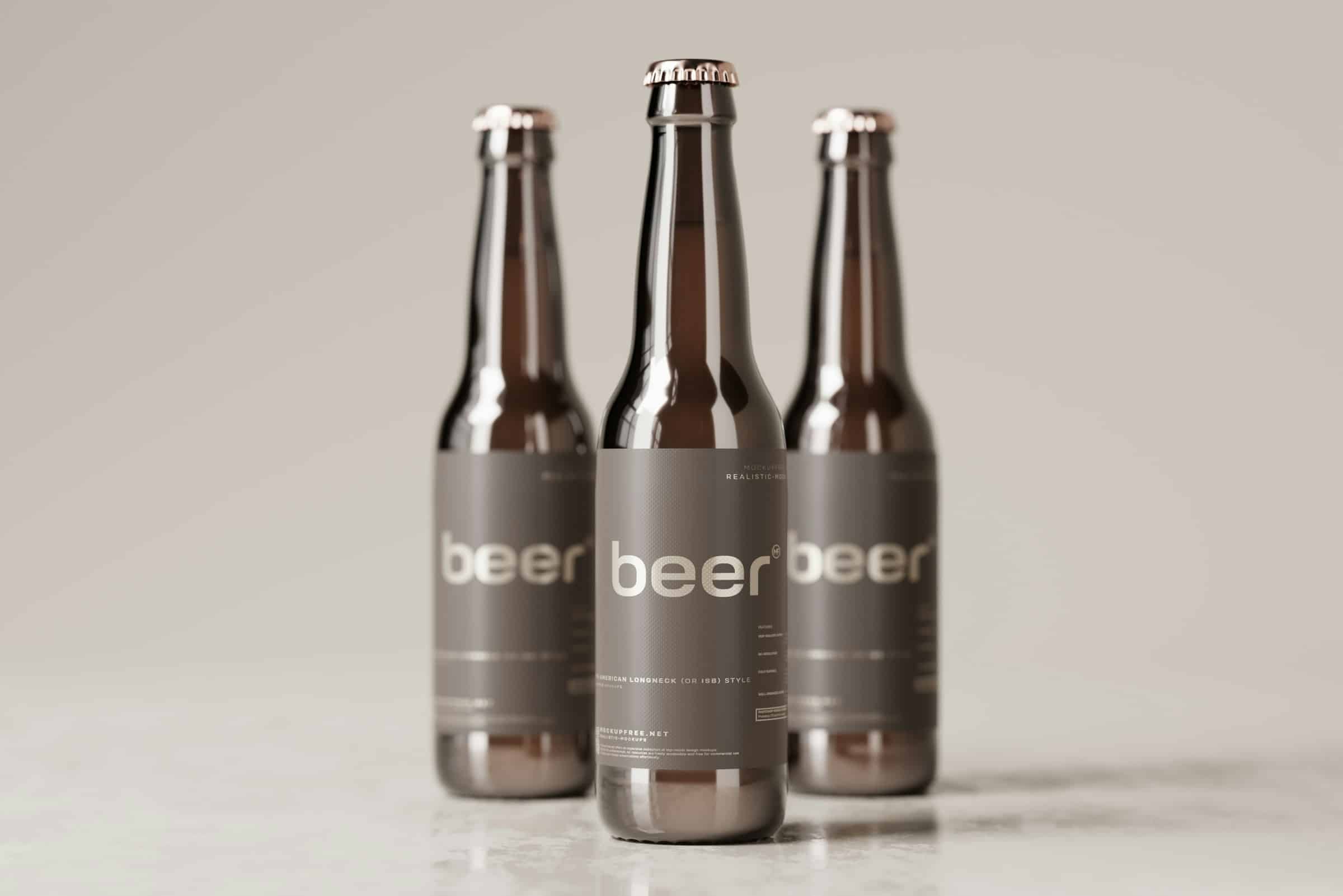How to Optimize Your Craft Beer Label Design for Better Shelf Presence?

In the increasingly competitive craft beer market, standing out on the shelf is paramount. Your brand’s packaging and label design play an integral role in capturing consumers’ attention and differentiating your product from the crowd. This article will guide you through the steps to optimize your craft beer label design, ensuring your brew doesn’t simply blend into the background.
Understanding the Importance of Label Design
The first step towards successful label design is understanding its significance. Labels are not just practical packaging elements; they are powerful marketing tools that communicate your brand’s story and values to consumers. The design of your beer label affects how your product is perceived and can have a significant impact on its sales performance.
Also read : What Are the Advanced Techniques for Lead Generation in UK IT Consulting Firms?
If you want your craft beer brand to command attention on the shelf, your label design will need to be eye-catching, engaging, and representative of your brand’s identity. In the world of craft beer, where consumers often make purchasing decisions based on the appeal of the bottle, a well-designed label can be the difference between a product that flies off the shelves and one that lingers, untouched.
Creating a Memorable Brand Identity
Creating a memorable brand identity is crucial for your product to stand out among the myriad of beers on the market. This goes beyond a catchy name and logo – it’s about creating a consistent, recognizable image that reflects your brand’s personality and values.
Also to read : London Translation Services : Translation services company in the UK
When developing your brand identity, consider what makes your brewery unique. Are you a traditionalist, adhering to centuries-old brewing techniques? Or are you an innovator, constantly experimenting with flavors and brewing methods? The answers to these questions should be evident in your label design.
For example, a traditional brewery might opt for a vintage-inspired label, complete with intricate illustrations and classic typography. An innovative brand, on the other hand, might favor a more modern, minimalist design.
Incorporating Visual Hierarchy in Your Label Design
Visual hierarchy is another essential element in effective label design. It entails arranging elements in a way that guides the consumer’s eye, drawing attention to the most important information first.
To establish visual hierarchy, you need to prioritize the elements on your label. The brand name and beer type should typically be the most prominent, followed by your logo and any additional information such as alcohol content, brewing location, and flavor notes.
Consider using different typography sizes, styles, and colors to distinguish between these elements. Bold, large fonts are excellent for highlighting your brand name and beer type, while smaller, subtler fonts can be used for secondary information.
Harnessing the Power of Colors and Graphics
Color and graphics greatly influence a label’s appeal. More than merely decorative, colors and graphics can evoke certain emotions, set the mood, and convey your brand’s personality.
Choosing the right color palette for your label is crucial. Certain colors are associated with specific emotions – red can denote excitement, blue trust, and yellow optimism. When selecting colors, consider your brand’s identity and the type of emotions you wish to elicit from your consumers.
Graphics, on the other hand, can grab attention and visually communicate your brand’s story. They can range from intricate illustrations and patterns to bold geometric shapes. Again, the choice of graphics should align with your brand’s personality and the message you want to convey.
Complying with Labeling Regulations
Lastly, it’s important to remember that beer labels are not all about aesthetics. There are strict regulations in place that dictate what information must be included on beer labels. Failure to comply with these regulations can lead to hefty fines and can damage your brand’s reputation.
In general, beer labels must include the brand name, type of beer, alcohol content, net contents, and the name and address of the brewery. Some countries also require health warnings and a list of ingredients. Always ensure you are up-to-date with the labeling requirements in your country to avoid any legal complications.
By understanding the importance of label design, creating a memorable brand identity, incorporating visual hierarchy, harnessing the power of colors and graphics, and complying with labeling regulations, you can optimize your craft beer label design for better shelf presence. With the right label, your beer will not only look great, but it will also tell your brand’s story, connect with consumers, and ultimately, sell more.
Utilizing Social Media for Beer Branding
In today’s digital age, social media has become a powerful platform for marketing and brand visibility. It’s an extension of your beer branding strategy that complements your physical label design. A strong online presence can help your craft beer reach a wider target audience and boost your shelf presence.
The first step is to have a consistent branding across all your social media platforms. This entails using the same logo, colors, and typography that are found on your beer labels. Your social media profiles are a direct reflection of your brand, so it’s important to ensure they convey the same message and vibe as your physical products.
Next, engage with your audience by sharing behind-the-scenes content of your brewery, introducing new beer flavors, or hosting virtual tastings. This not only creates a sense of community around your brand, but it also gives your customers a glimpse into your brand’s personality and values.
You can also leverage user-generated content by encouraging customers to share photos of themselves enjoying your beer. This not only fosters a sense of community, but it also provides free advertising for your brand. You could even turn it into a contest, with the best photo winning a prize.
The Role of Label Printers in Beer Label Design
The design of your beer label is just the first step. The next step is to bring that design to life, and this is where label printers come into play. Your choice of label printer can greatly affect the quality and durability of your labels, which in turn can impact your product’s shelf presence.
When choosing a label printer, there are several factors to consider. Firstly, the printer should be capable of handling your preferred label material, be it paper, vinyl, or a more eco-friendly option. The printer should also be able to deliver high-quality prints, with crisp, clear images and text.
You should also consider the cost-effectiveness of the printer. Some printers may seem cheap initially, but the cost of ink and maintenance can add up over time. It’s important to consider the total cost of ownership, not just the initial purchase price.
On top of that, consider the printer’s speed and capacity. If you have a major brewing operation with high volumes of beer to label, a fast, high-capacity printer would be ideal. Smaller breweries, on the other hand, might be better off with a more compact, slower printer.
Conclusion: The Art and Science of Craft Beer Label Design
In conclusion, creating an effective beer label design is both an art and a science. It’s a fusion of creative design principles, brand messaging, and legal requirements – all meticulously crafted to optimize your product’s shelf presence.
Craft beer is more than just a beverage; it’s an experience. The visual appeal of your packaging design, the story behind your brand, and the quality of your product all come together to create an unforgettable experience for your consumers. Whether you’re a traditional brewer with a rich history or an innovative brewer pushing the boundaries of flavors, your label should reflect your brand’s essence and speak directly to your target audience.
In a competitive beer industry, where countless brands vie for consumers’ attention, having a standout label could be the deciding factor that leads a customer to pick up your product from the shelf. Remember, your beer label is your brand’s ambassador on the shelf – make sure it’s dressed to impress.
From understanding the importance of label design, creating a memorable brand identity, incorporating visual hierarchy, harnessing the power of colors and graphics, utilizing social media for beer branding, to choosing the right label printers, every detail counts in helping your craft beer stand out and resonate with consumers.
As we leave the first quarter of the year and head into April, remember the saying, "Don’t judge a book by its cover" doesn’t hold in the beer world. The quality of your beer is essential, but so is the label that introduces it. So make it count! Happy brewing from March to April and onwards to December and November! Keep innovating, keep brewing, and most importantly, keep thriving.
